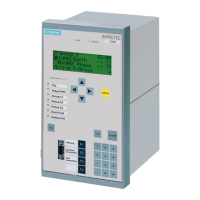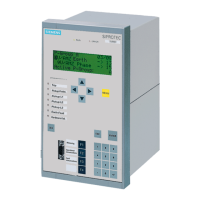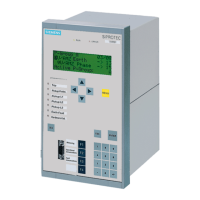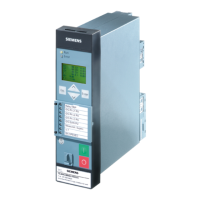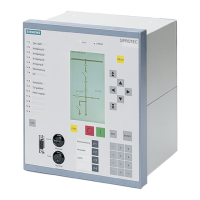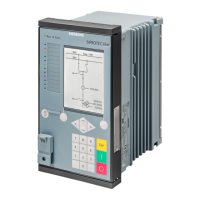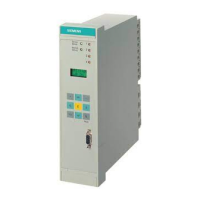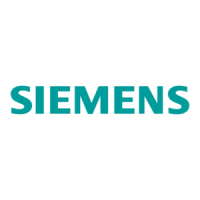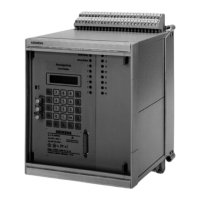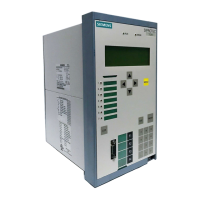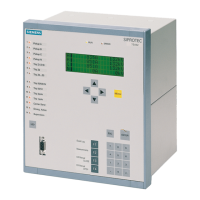2 Functions
256
7SD5 Manual
C53000-G1176-C169-1
2.10.2.2 Setting Notes
Echo Enable In applications with a transmission channel used by both the distance and the earth
fault protection spurious trippings may occur, if distance protection and earth fault pro-
tection create an echo independently from each other. In this case parameter
Echo:1channel (address 2509) has to be set to YES. The default setting is NO.
Phase Selection Phase selection is accomplished via undervoltage detection. For this purpose no ab-
solute voltage threshold in volts is parameterized, but a factor (address 2510 Uphe<
Factor) which is multiplied with the measured phase-phase voltage, and yields the
voltage threshold. This method accounts for operational deviations from the nominal
voltage in the undervoltage threshold and adjusts them to the prevailing conditions.
Since a sound positive phase-to-phase voltage is not available in the event of a fault,
the undervoltage threshold is delayed. Thus changes in the positive phase--to-phase
voltage affect the threshold only slowly. The time constant can be set at address 2511
Time const. τ. The undervoltage is determined for all 3 phases.
If the measured phase-to-phase voltage falls below the threshold (address 1131
PoleOpenVoltage), undervoltage is no longer detected in this phase.
Figure 2-114 Undervoltage detection for U
L1–E
Non-delayed
Tripping
A non-delayed TRIP command is issued if a receive signal „>WI reception“ is
present and an undervoltage condition is detected simultaneously. If another protec-
tion function capable to detect faults has picked up in the relay, the corresponding
phases in the weak-infeed function are blocked. The receive signal is prolonged at
address 2512 Rec. Ext., so that a trip command is still possible in the event of a
quick dropout of the transmitting line end.
To avoid a faulty pick up of the weak infeed function following tripping of the line and
reset of the fault detection, the function cannot pick up any more once an inverse-time
overcurrent fault detection in the affected phase was present.
If a receive signal applies and no undervoltage is detected, but the zero sequence
current threshold 3I0> Threshold is exceeded (address 2514), a fault on the line
can be assumed. If this state (receive signal, no undervoltage and zero sequence cur-
rent) applies for longer than 500 ms, 3-pole tripping is initiated. The time delay for the
signal „3I0> exceeded“ is set at address 2513 T 3I0> Ext.. If the zero sequence
current exceeds the threshold 3I0> Threshold for longer than the set time T 3I0>
alarm (address 2520), the annunciation „3I0 detected“ is issued.
The non-delayed stage operates only if binary input „>WI rec. OK“ reports the
proper functioning of the transmission channel.
www . ElectricalPartManuals . com
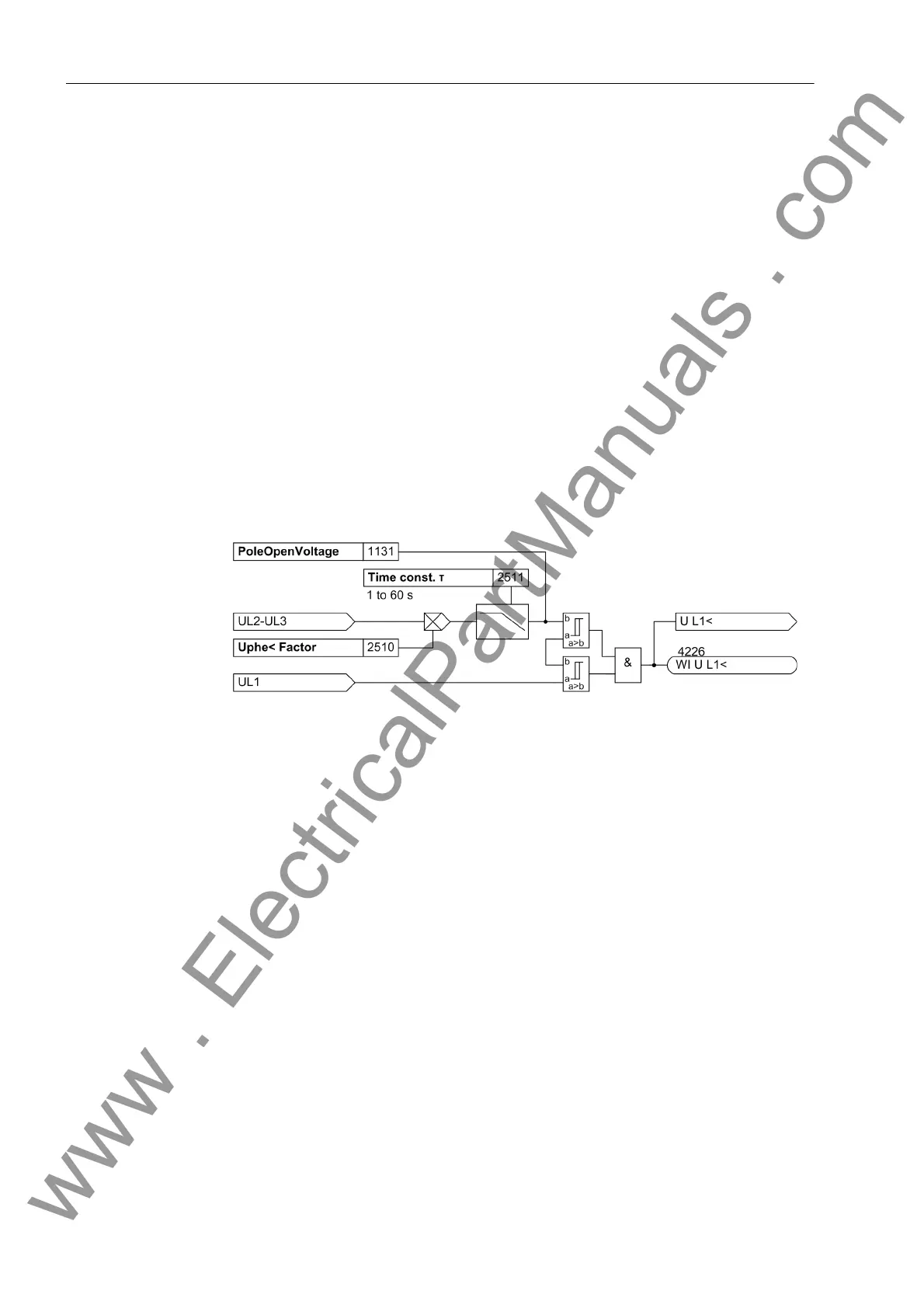